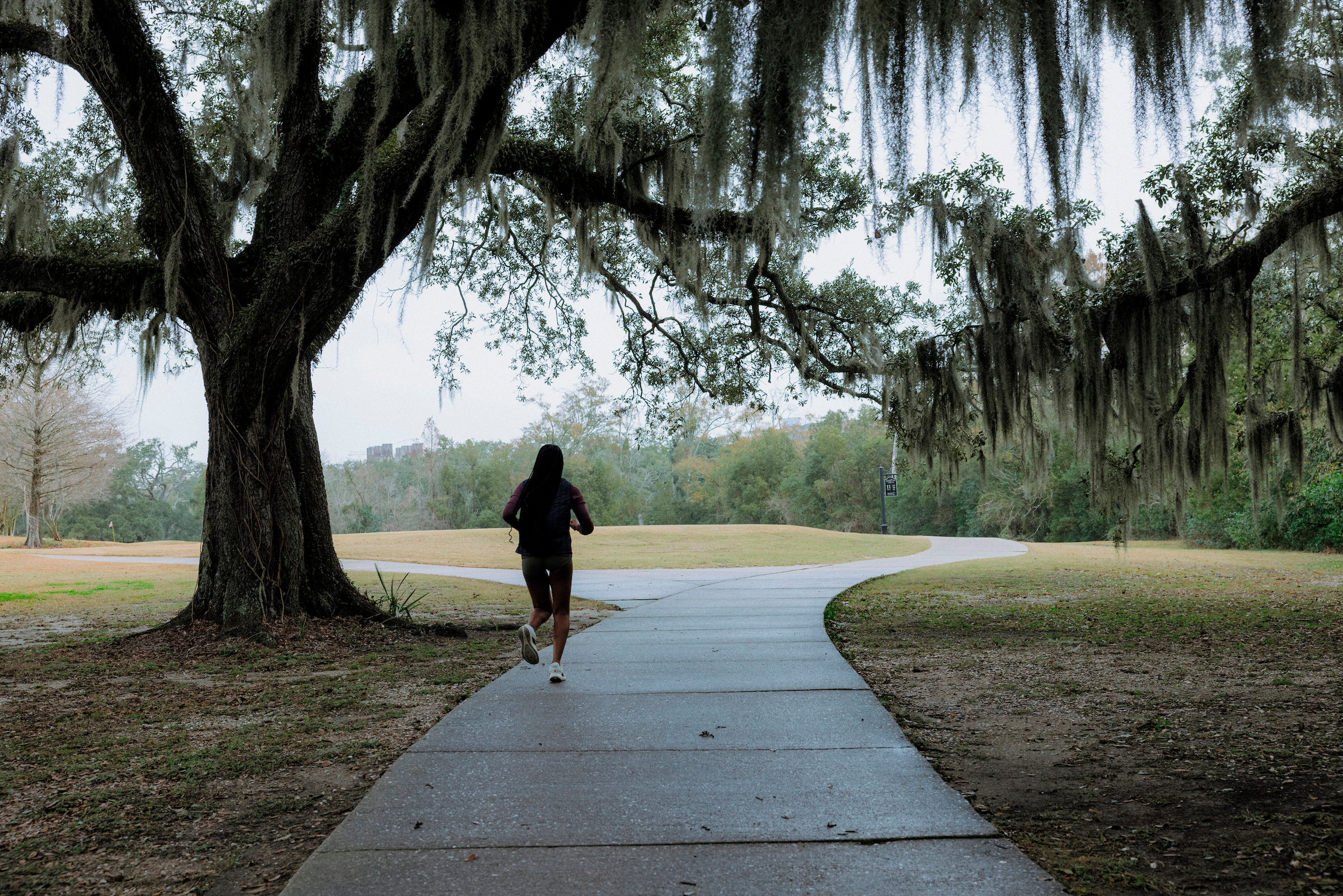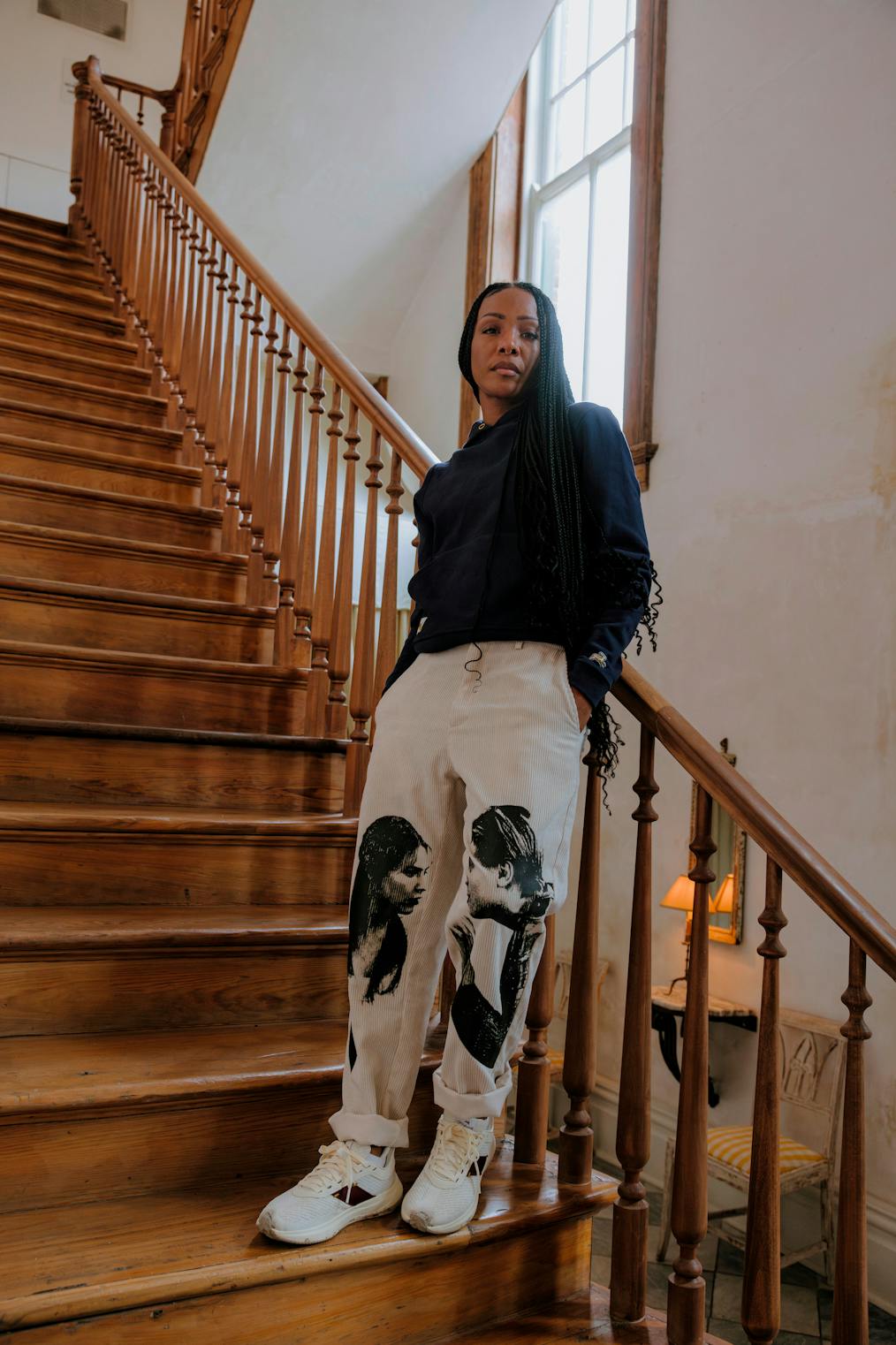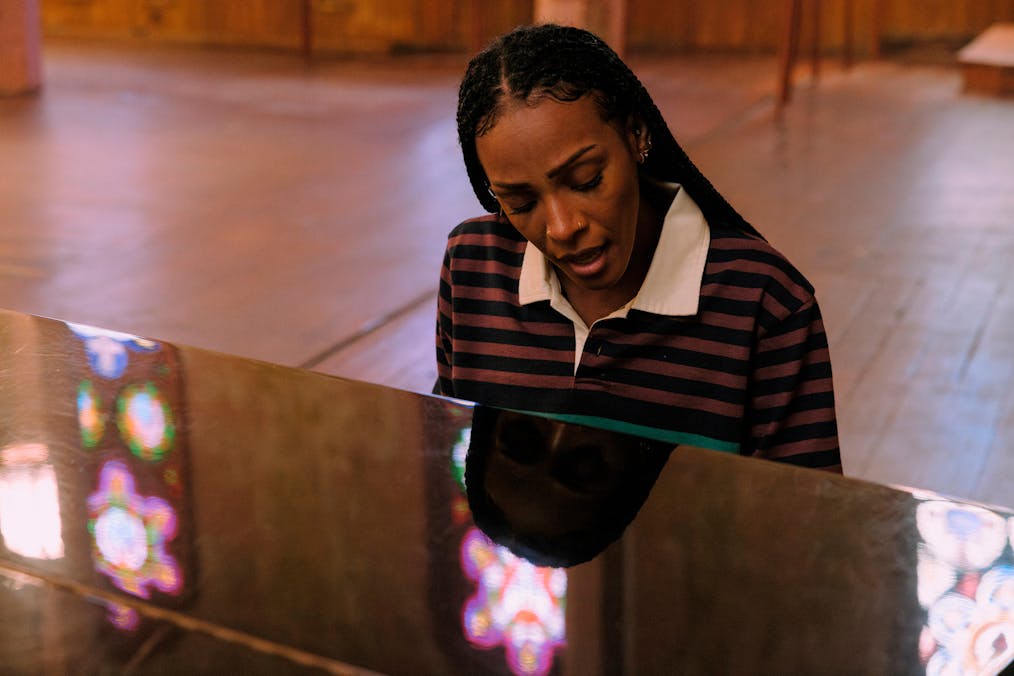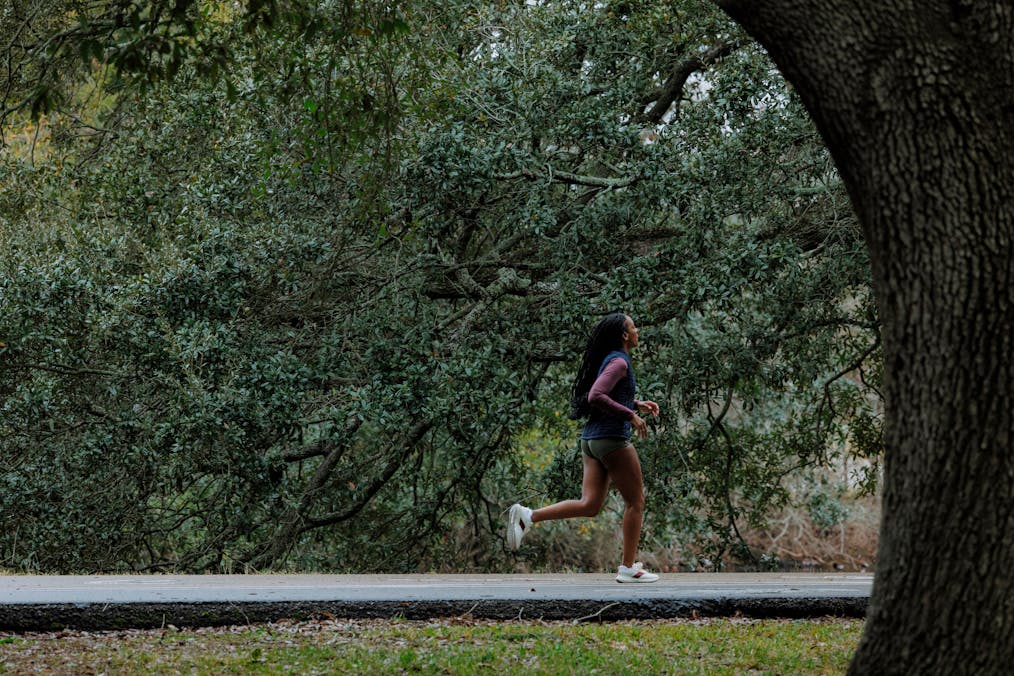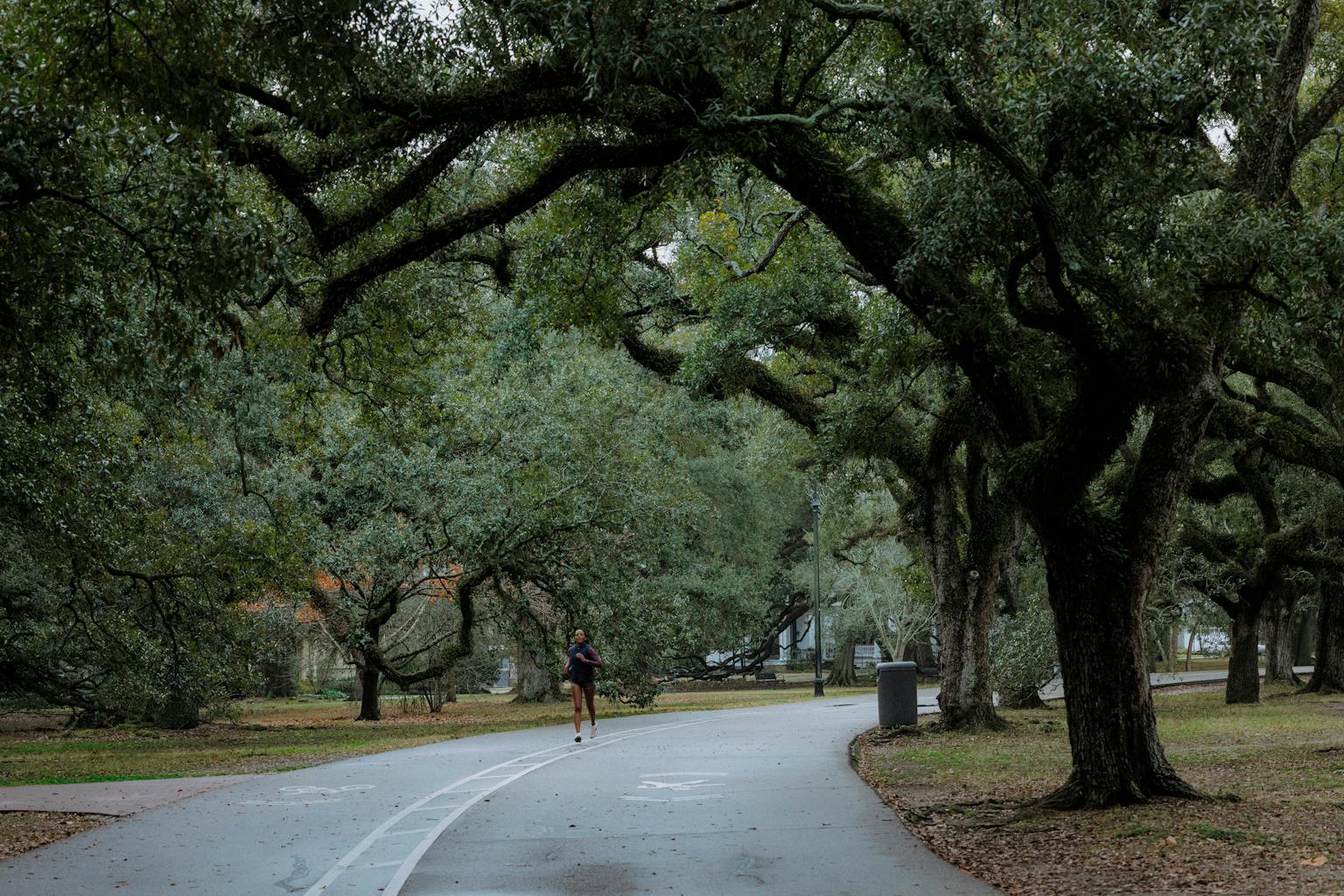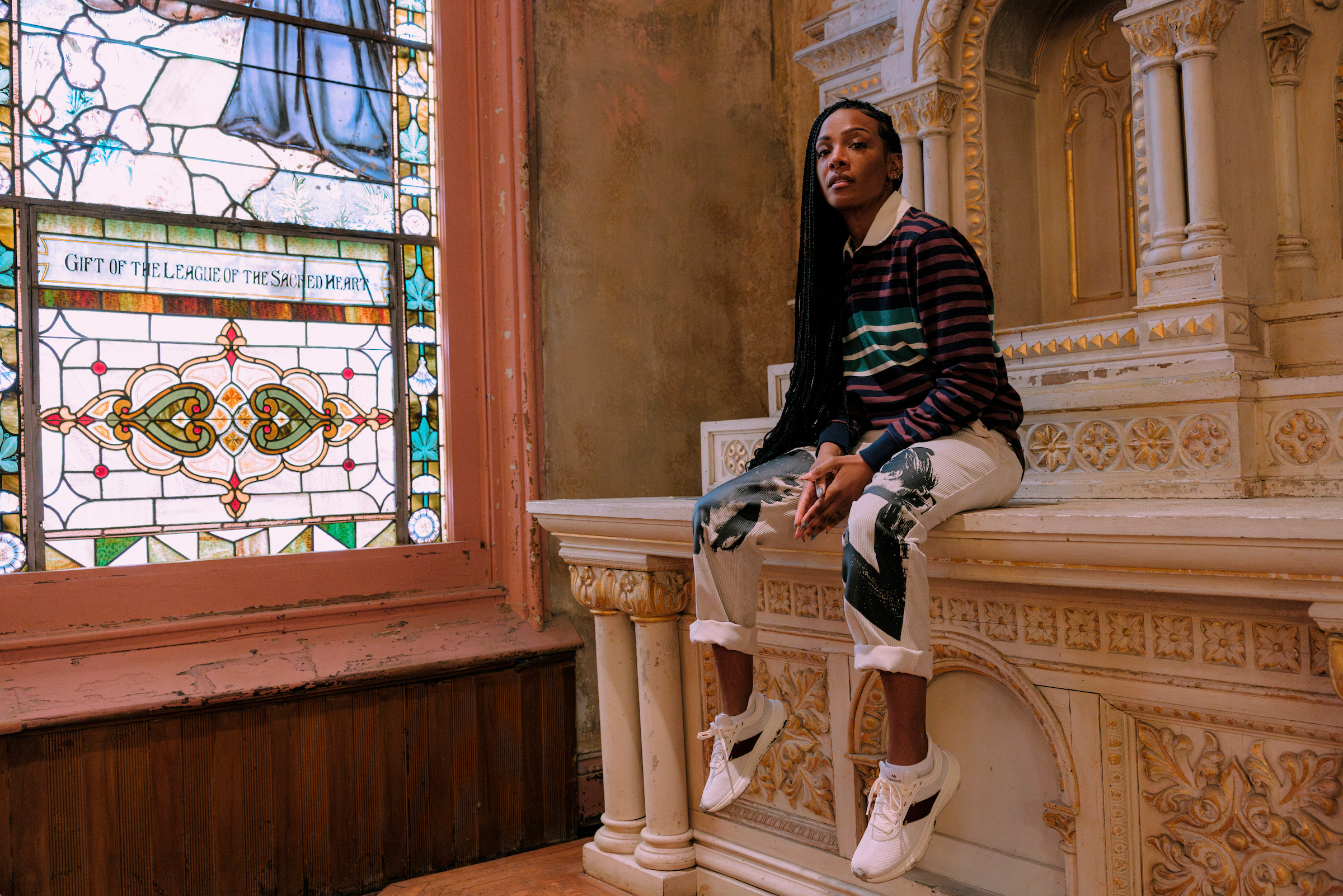
Dawn Richard
The Rhythm of a City
Words by Sean Hamilton
Photography by Emily Maye
In the heart of New Orleans, a city pulsating with the rhythms of its rich musical heritage and storied past, we had the privilege of meeting with Dawn Richard at the Hotel Peter and Paul. This venue, a converted church with deep personal ties to Dawn as the communion site of her father and musical muse, provided a fitting backdrop for our conversation. We delved into her illustrious career, Dawn illuminating the vibrant beat of New Orleans with its record of resilience and hard labor, drawing parallels to her own journey. She shared how running, much like music, has been a steadfast companion—keeping her grounded and in peak condition to light up the stage. This discussion also offered a glimpse into the soul of a city that, like Dawn, embodies the essence of endurance and artistry.
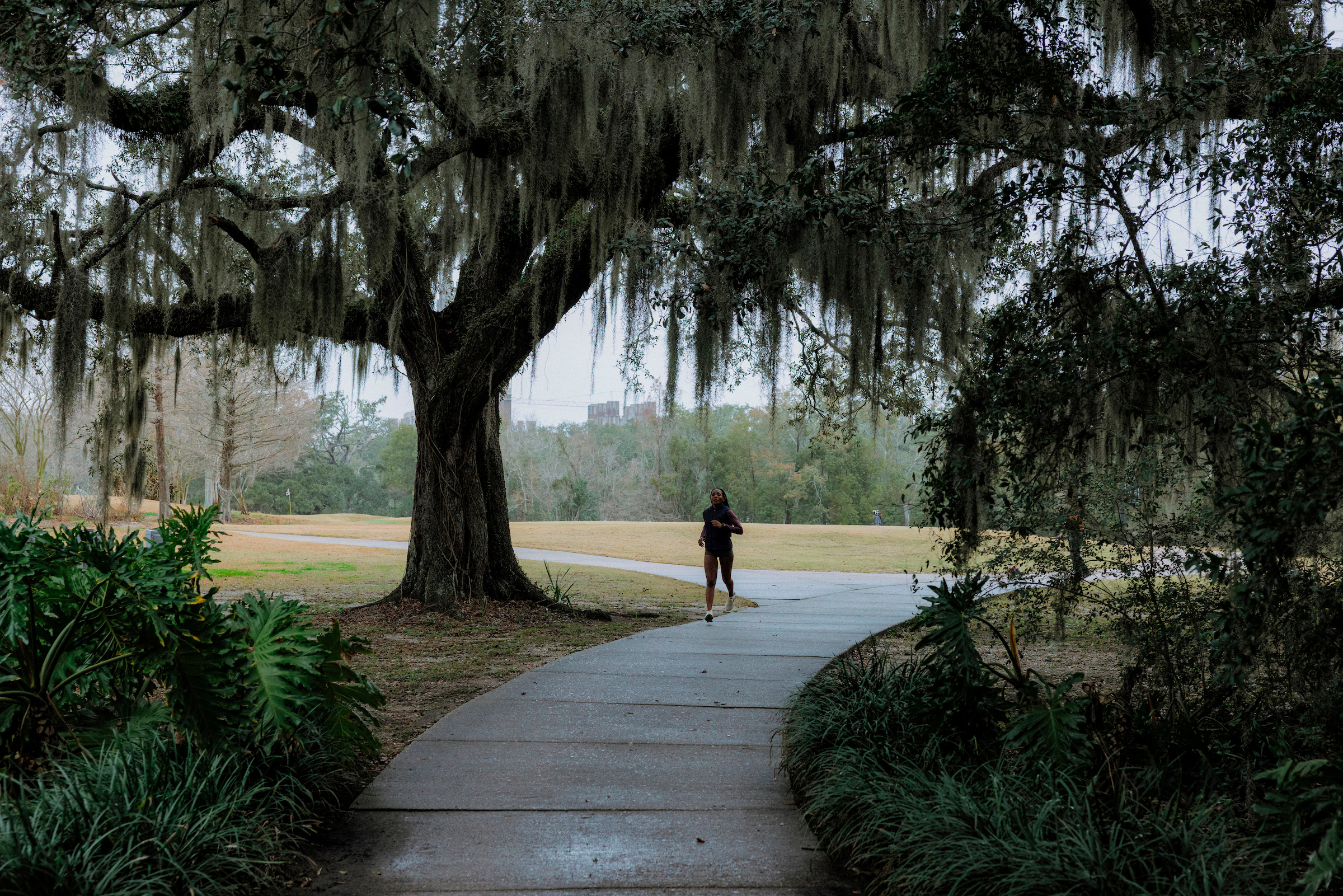
We are given very little, yet we make this place seem larger than life.
How do you feel movement ties into the city, and how do you find movement of any sort, but more explicitly running, ties into your creative process and your performing process?
DR: It's so tied into this city. It's even in how we celebrate death; we call it the second line.
The second line?
DR: The second line. We dance. We don't just have a funeral. We take to the streets with a band, and we dance. And we celebrate the legacy of someone. Most times, there's a tuba and brass band outside. After we leave the funeral, we walk to the streets, and people can join us, strangers to family members, and we dance.
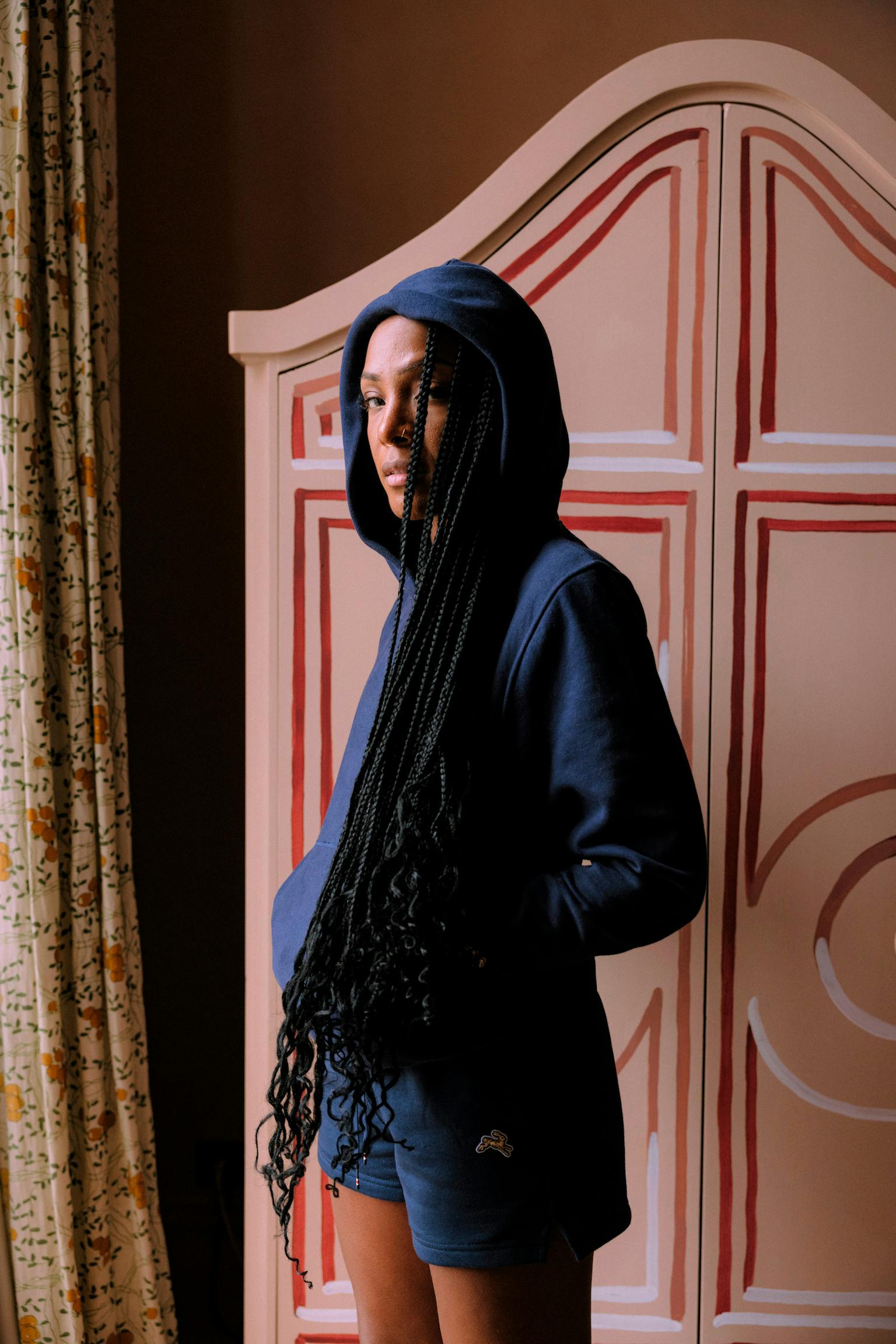
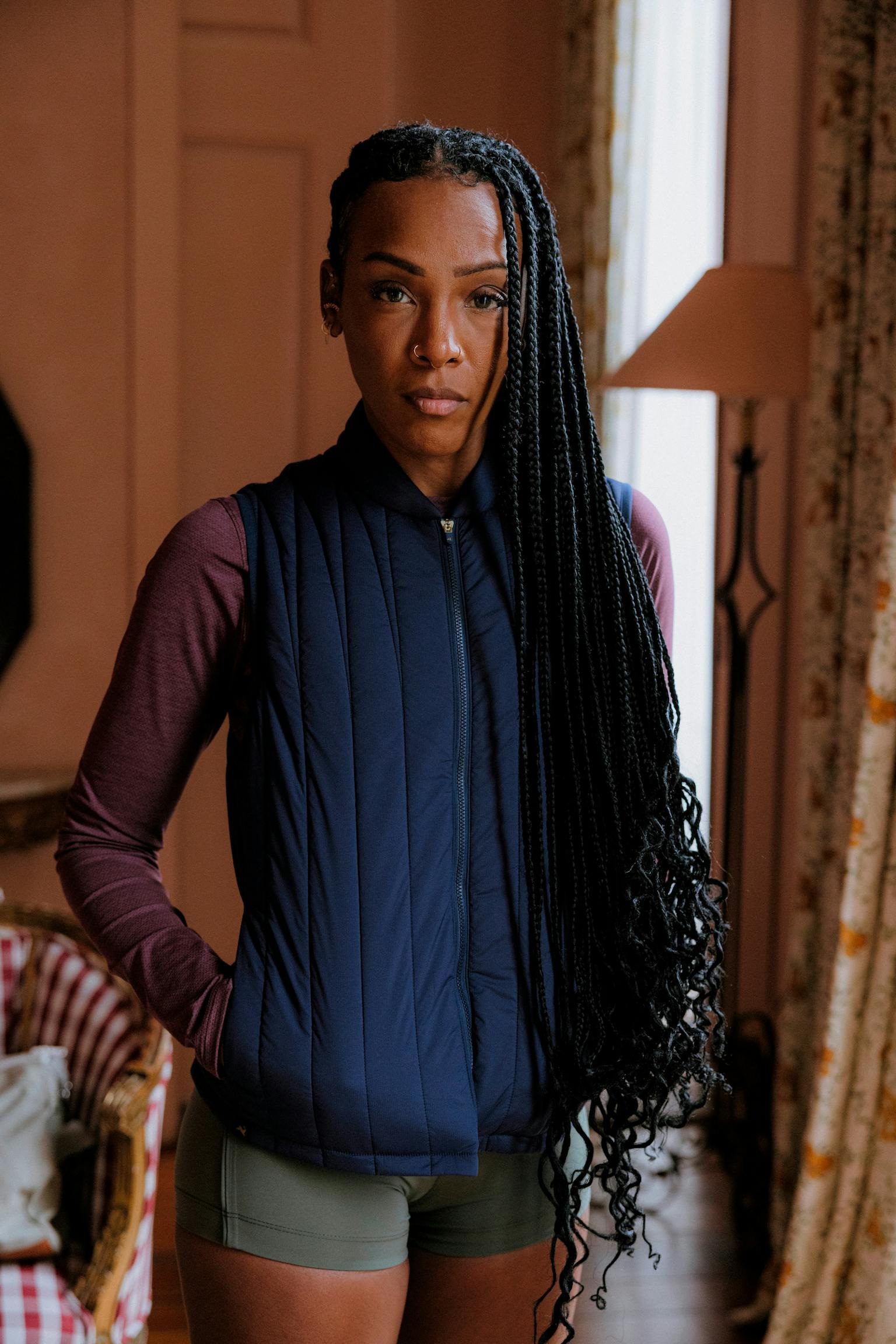
There is beauty in celebrating the legacy of something.
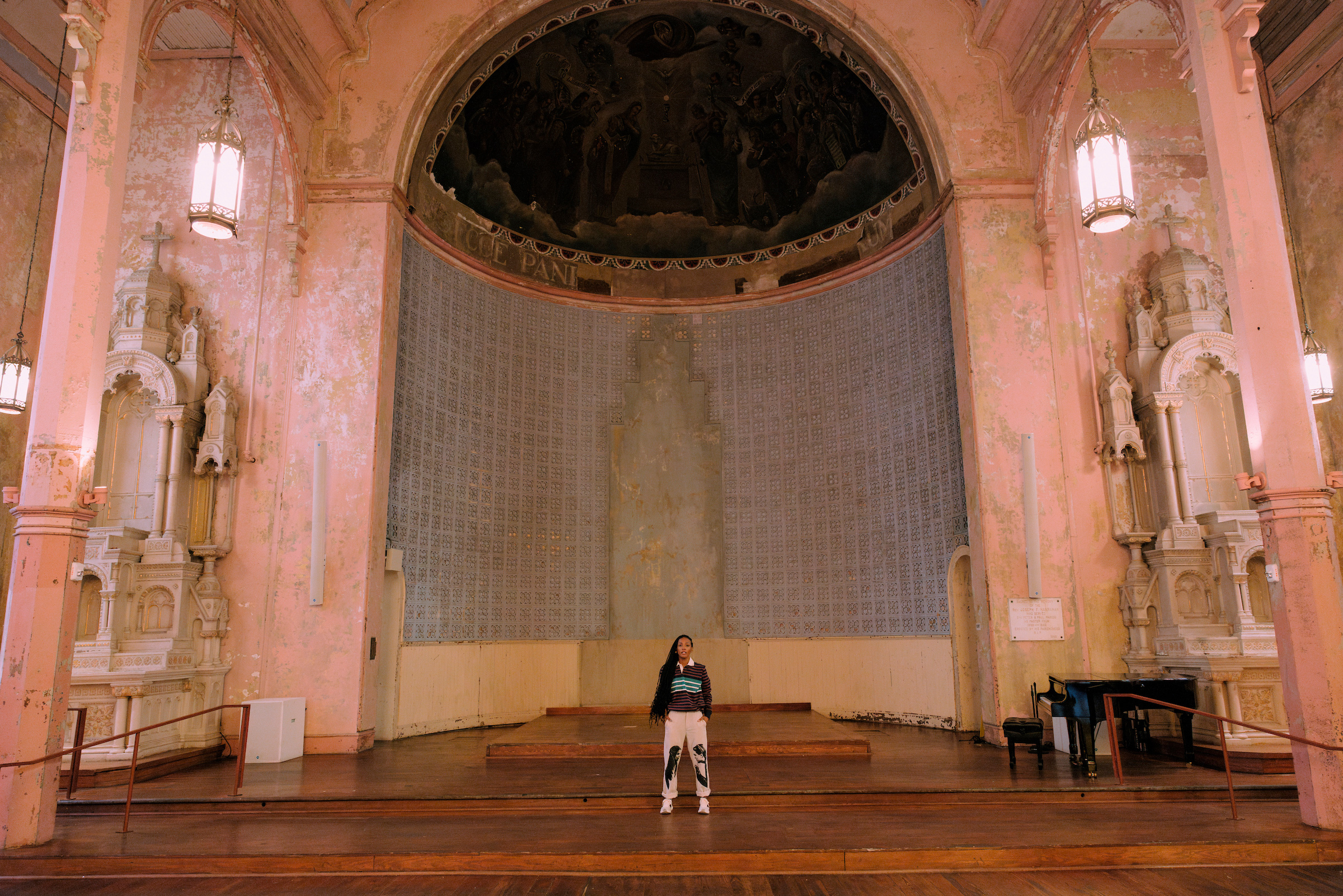
I grew up in a dance school. My mom owned a dance school. Dance was one of the first things that encompassed me. As I got into my career as an adult, running became a part of that movement. When I see New Orleans, I see it in the movement; there is a cadence, a beat, a pulse that never stops. When you open your windows and go out your door, something is constantly moving, whether it be brass, clapping hands, or the potholes in the street that you hear cars thumping into. There is something always moving, an undercurrent, a pulse. That pulse creates movement.
And with that, it created the person I am, where movement has been sacred to my being. Because of it, dancing or running, feet to the pavement, has been a part of my life and career.
Interestingly, both are connected to the earth, grounded, and freeform. You don't need much to dance or to run.
DR: It's very much intrinsically stripped-down but natural. In my running journey, it's one of those things where, because of the difficulty of constantly running and how it feels to achieve anything in terms of going a further distance or running harder or faster, there's this delayed gratification. And I find that interesting because this city, in a sense, is very much delayed gratification in many ways. There are a lot of things that you have to fight through to get glory, goodness, and beauty.
There's always a fascinating point in which this becomes something ritualistic or something you practice. Can you describe how and when you first considered yourself a runner?
DR: I've been an athlete my whole life; I started softball when I was four. And running became a part of the practice. Then, I went to high school and played basketball. Obviously, we had to run there all the time. Then I got on a dance team and danced for the NBA. 27 girls, just trying to stay in shape. When I started singing, I was doing really well in these competitions. I realized when I got on stage I wasn't winded. I had this discipline that I had latched onto. I was so used to running, so used to being in shape I wasn't missing any steps. And when I won a show because of that discipline, I didn't want to lose it. And I remember the day I said, I'm not running because I have to; I'm running because I need to. From that day on, I've never stopped running five miles daily in the morning because if I miss it, I don't feel at my best, not just as an artist but as a person.
Your connection to this hotel and this place was fascinating. Can you elaborate on it?
DR: New Orleans preserves as best as it can. It doesn't bulldoze. Even its potholes. And one of the things that I love about my city is that you can go to a place and say, I can touch a space, look at a color, and I know and remember where it's from. Ironically enough, this hotel was where my dad had his confirmation. It was a church, and it was his church as a child. I've developed a relationship with this place.
And the moment I walked into the church, I felt it. I felt my dad here. I felt that past. And those things are gems that you can't take away from us. You can't build over that.
I went through Katrina, and we lost every baby picture. We lost birth certificates. We lost everything. So, those memories in these places matter beyond just a statement. It's the birth certificates, it’s the baby pictures we lost. So, to be able to play in a space where my dad walked is a big deal. My dad was the first person to introduce music to me. He would play Bach and Beethoven on his baby grand; he was a student of the music. Classical music was the first thing I heard. I would lay underneath the baby grand and listen to him play Debussy.
It's funny that it's called the Big Easy in that sense because nothing has seemingly come easy to its people.
What do you want to envision for the next chapter of your artistic endeavors?
DR: I hope to build bridges and platforms for others like me and make it easier. To open doors that weren't there for me. I've got all these opportunities in tech for artists in electronic and dance, and they're not the concept or the construct that most people feel them to be that exists here. And I want to open those doors. But more importantly, innovation is ageless no matter how much you've been in this business. I still have room to grow and create really incredible things. But my biggest quest is to build something that can last for others. How do I lift the next person? Because my career was built around people who never cared.
I want to build a space for people from here who can have their own opportunities to have people who believe in them. So, when I think about what's next, I want to return and build something my 12-year-old self never had.
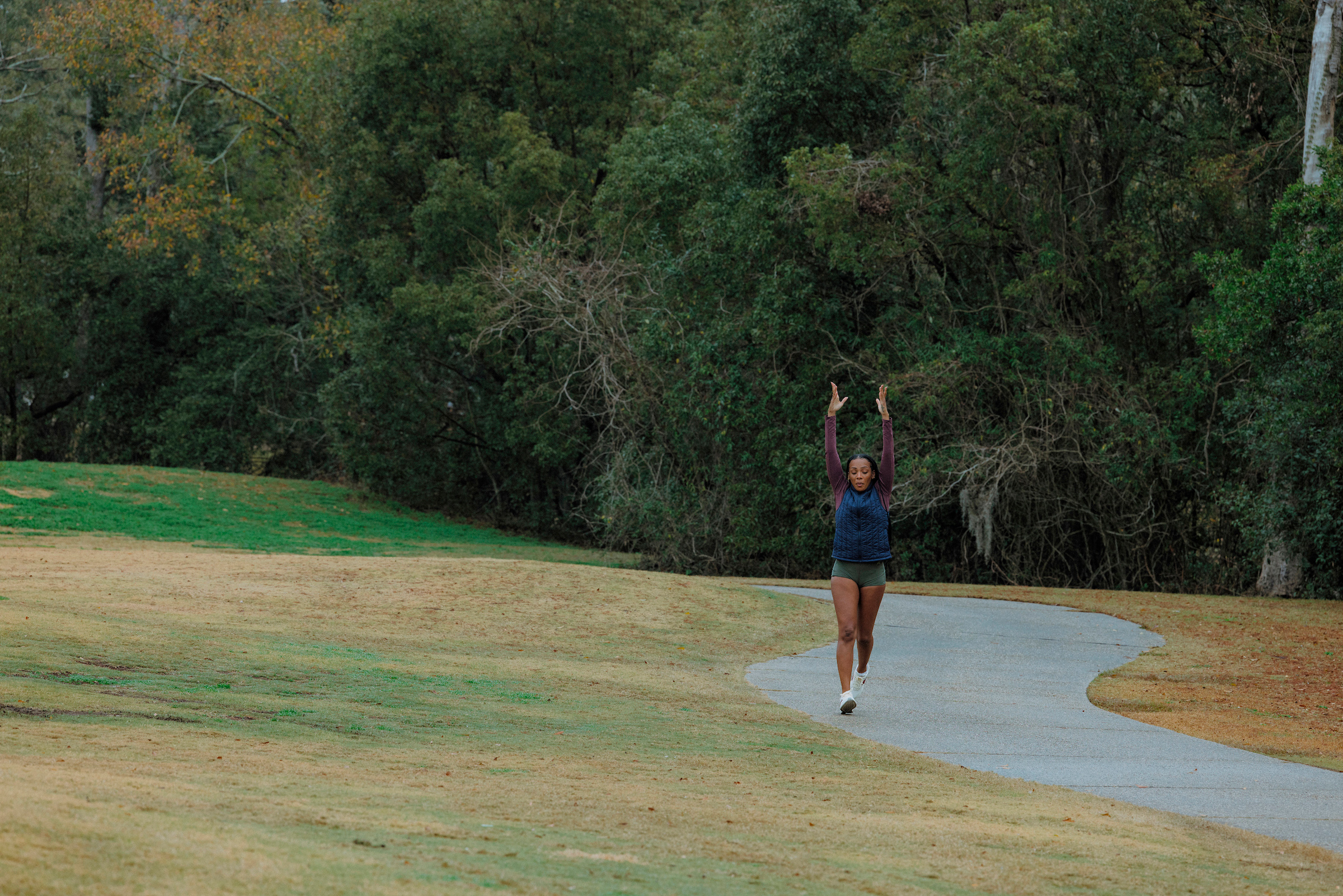
As our conversation with Dawn wound down, the profound connection between running, culture, and creativity came into full view. Dawn's narrative, deeply entwined with the city's rhythm, resilience, and rich musical heritage, underscored how running transcends physicality to become a cornerstone of her artistic expression. This intersection of endurance, movement, and creative dynamism embodies the essence of our Creators Series. This series celebrates the runners who harness their athletic discipline to fuel their creative fires. It illustrates the magic that occurs when movement meets the art of creation, feeding inspiration and innovation.
